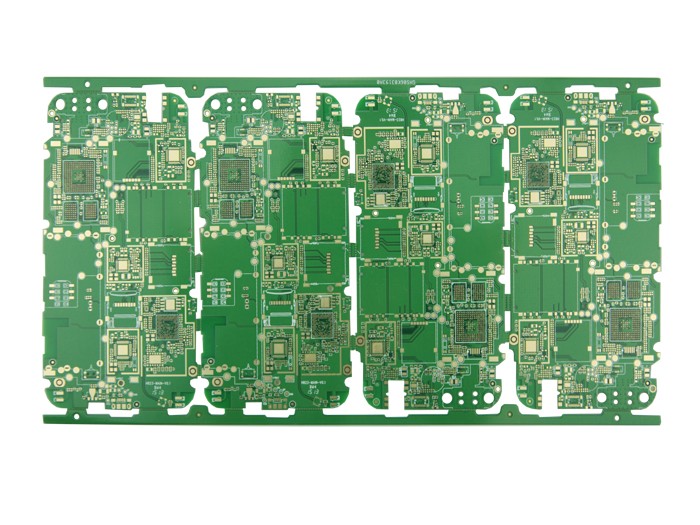What kind of protective film is used to protect the flexible circuit board? Anti-static PET protective film is the most suitable for dust-proof, dirt-proof and anti-static, and effective bonding to the board surface.

Flexible circuit board protective film
Flexible circuit board, also known as "soft board", or FPC board, is a printed circuit made of flexible insulating substrate.
Flexible circuits provide excellent electrical performance, can meet the design needs of smaller and higher-density installations, and also help reduce assembly processes and enhance reliability.
Flexible circuit boards are the only solution to meet the miniaturization and mobile requirements of electronic products. It can be bent, wound, and folded freely, can withstand millions of dynamic bending without damaging the wire, can be arranged arbitrarily according to the space layout requirements, and can move and expand in three-dimensional space, so as to achieve the integration of component assembly and wire connection change.
Flexible circuit boards can greatly reduce the volume and weight of electronic products, and are suitable for the development of electronic products in the direction of high density, miniaturization, and high reliability.
Therefore, FPC boards have been widely used in aerospace, military, mobile communications, laptop computers, computer peripherals, PDAs, digital cameras and other fields or products.
However, FPC boards are prone to electrostatic breakdown during the production process.
At present, the solution to this problem mainly relies on anti-static table mats on the market, and the product relies on the addition of electrostatic agent and migrates to the surface of the table mat, and then absorbs air and water molecules to form a conductive path, thereby having an anti-static effect on the FPC board. At the same time, the product It is easily affected by environmental factors such as air and humidity, and the electrostatic discharge effect is poor.
Especially in the dry climate in the north, the surface resistance value increases. As time goes by, the anti-static index decays faster and faster, resulting in unstable electrostatic discharge, which will easily break down the circuit chips on the FPC board and cause equipment operation damage.
At the same time, the product cannot be transported with the FPC board, and it cannot play a protective role at any time. The defects in the application link are already very obvious, and it can no longer meet the requirements of the current FPC board development technology.
The FPC board is now in the process of small but rapid development. The polymer thick film method is an efficient and low-cost production process.
This process selectively screen-prints conductive polymer inks on inexpensive flexible substrates. Its representative flexible substrate is PET.
Polymer thick film conductors include silk-screened metal fillers or carbon powder fillers. The polymer thick film method itself is very clean, uses lead-free SMT adhesive, and does not need to be etched.
Because of its use of additive technology and low substrate cost, polymer thick film circuit is 1/10 of the price of copper polyimide film circuit; it is 1/2 to 1/3 of the price of rigid circuit board. The polymer thick film method is particularly suitable for the control panel of the device.
In mobile phones and other portable products, the polymer thick film method is suitable for converting the components, switches and lighting devices on the printed circuit board into polymer thick film circuits, which saves costs and reduces energy consumption.
The application of anti-static PET protective film on "flexible circuit boards" has a very broad market prospect. Performance: The transparent anti-static PET protective film is relatively soft, almost the hardness of the FPC board, and is so transparent that the FPC surface process requirements can be observed, and it is not compatible with Of course, static electricity and dust will not be generated in contact with outside air.
Since the anti-static protective film has anti-static coatings on both sides, it will not generate static electricity when it is separated from the FPC board, and of course it will not break down the chips on the FPC board.
This not only solves the static electricity generation during the transportation of FPC boards, but also can be glued and transparent and not affected by environmental factors such as air and humidity. The products can be widely used in the semiconductor industry, LCD industry, electronic equipment and microelectronic equipment industry, Electronic and electrical, communications manufacturing, precision instruments, optical manufacturing, pharmaceutical industry and bioengineering industries and industrial fields, as well as high-speed rail cars, hospitals, homes, office fields, used in industrial production workshops, laboratories, computer rooms, and hospital operating rooms, CT, Floor, work surface, wall panel, etc. of X-ray room, CCU, ICU ward, etc.
The above is an introduction to what a flexible circuit board(FPC) is and why a protective film is used. Ipcb also provides PCB manufacturers, PCB manufacturing technology and so on.